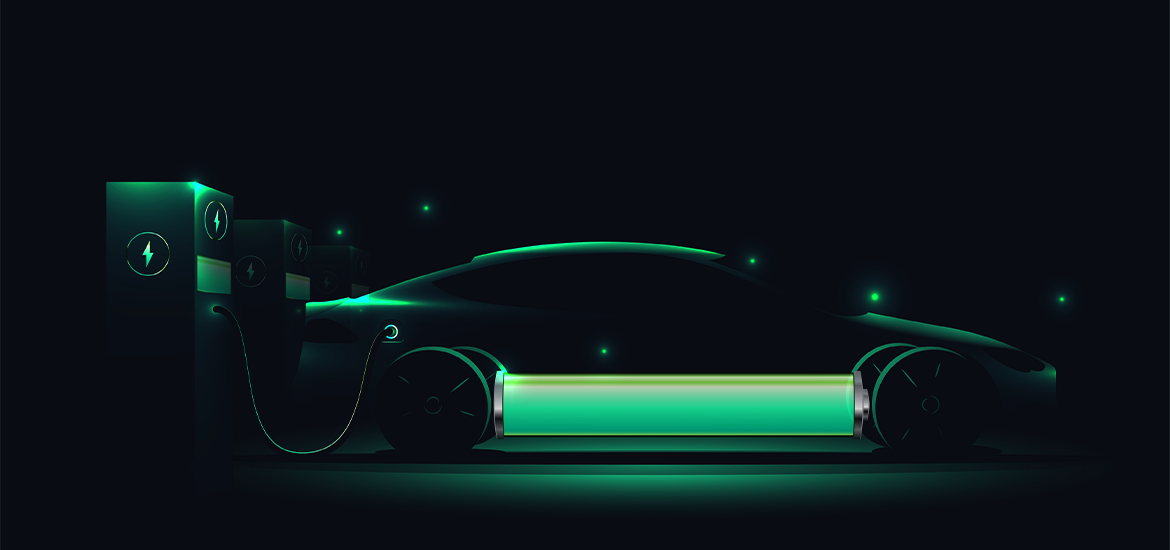
Can I Charge an Electric Car at Home If I Don't Have a Driveway?
Find out how to charge your electric car at home with no driveway
As of September 2024, there are over 68,000 electric vehicle charging points across 35,230 charging locations in the UK. Not having a driveway shouldn’t put you off joining the electric revolution.
Here are several ways around charging your EV without a driveway.
Can You Lay the Charging Cable Across the Pavement?
Many councils advise against laying an electric car charging cable across the pavement. While it may be tempting to do so, you will be under direct legal responsibility if someone trips on it and injures themselves. This can lead to large sums of compensation for damages caused.
Wheelchair users and people with pushchairs already struggle to navigate the wheelie bins, recycling boxes, bikes and parked cars that clutter pavements - and charging cables add another hazard.
In short, laying a charging cable during electric car charging at home across the pavement is not a good idea.
So, How Do I Charge an Electric Car Without a Driveway?
Luckily, there are several solutions to charging your EV without a driveway.
Charge it on the Street
In many London boroughs and various areas around the UK, you can charge electric vehicles through lamppost chargers.
The UK is seeking to lower lamppost power consumption by installing LED bulbs. This leaves them with spare capacity which can be used to charge electric cars. Companies such as City EV and Rolec StreetCharge are making use of this capacity by providing smart cables and charge points within urban areas, such as Brighton and London. You may be able to reserve a spot or make use of shared facilities to charge your electric car without a driveway.
Check your local council’s website to see if there are any lamppost chargers where you live.
Charging at Work
Depending on where you work, you may have access to electric car chargers at your workplace. Many corporate office blocks and headquarters will provide chargers in the employee car park.
If your workplace does not provide electric car charging facilities, speak to a manager or someone in HR – there are grants available for workplaces.
Charge it When You Shop
Many supermarkets now have charge points. While this isn’t a practical long-term solution, it can be useful to top your car up slightly whilst you are doing your food shop.
Charging Using the Public Network
The public charging network is only increasing as we draw closer to the new ICE car sales ban.
Public chargers come in multiple speeds and cable types. For some of the fast chargers may require you to bring your own Type 2 cable, whereas rapid chargers have tethered cables for you to plug in with.
The costs vary depending on chargers – the ultra-rapid ones will cost more to use than the standard Fast chargers. However, there are free electric car chargers available if you look for them. They may include stipulations such as buying something in the shop they are located at, or only being allowed to use them for a certain amount of time.
To find the closest electric car charger near you, you can use the Zapmap charge point locater.
They have an app you can download so you can use the free service on the go, and you can filter by several features, such as power type, payment methods, and connector types.
Can I Leave My Car at a Public Charging Point Overnight?
It is not recommended that you leave your car plugged in at a public charger overnight.
Not because it is unsafe, but because the charger then becomes unavailable to other drivers who may need to use it. Many places will have a maximum amount of time you can charge for, and you may be charged a fine for overstaying the limit.
If your charging point is in a residential area, check with the local council or your neighbours to see what the consensus is – the locals may have even put together an unofficial ‘rota’.
Are There any Free Electric Car Charging Points Near Me?
There are thousands of free charging points in the UK. You can find them mostly in public car parks, supermarkets, shopping centres and at some hotels and service stations. You may have to purchase something in-store to use these free charging points, or only use them for a set period.
Using an app such as the Zapmap app can help you locate these, by filtering by ‘Free To Use’.